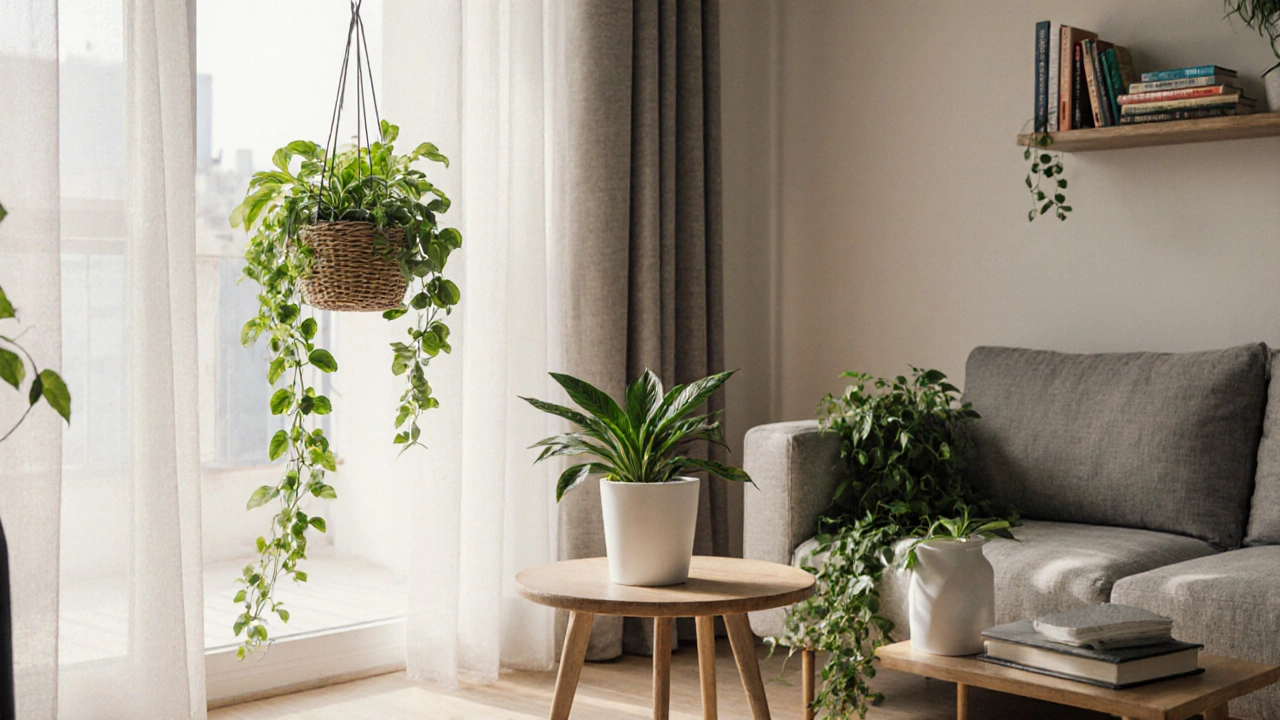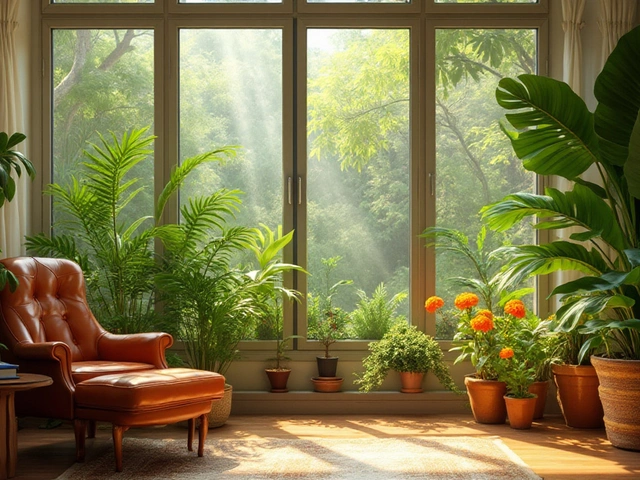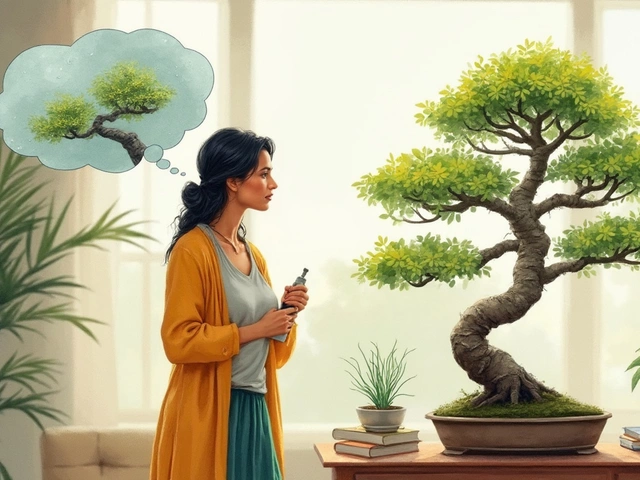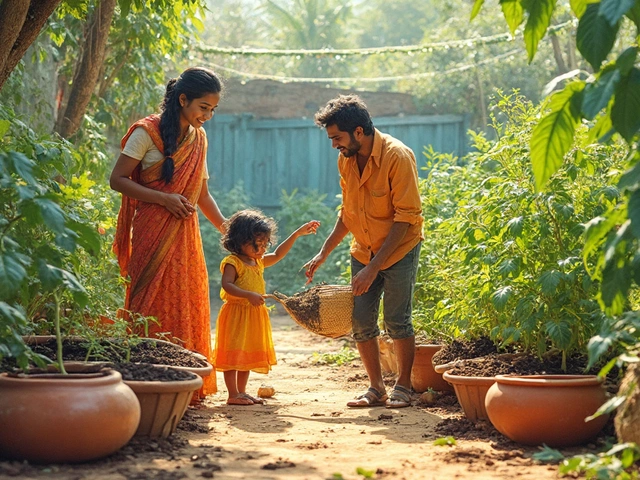Best Beginner Houseplant: Easy Picks for New Indoor Gardeners
When choosing a best beginner houseplant, the ideal starter is a low‑maintenance indoor plant that tolerates common home conditions and thrives with minimal fuss. Also known as easy houseplant, it serves as the first step into indoor gardening. Indoor plant care is the broader practice that covers watering, lighting, and humidity, and it directly shapes how well a beginner plant performs. Lighting requirements define the light level a plant can handle – from bright indirect to low‑light corners – and they influence a plant’s growth speed and leaf health. Watering basics explain how often and how much moisture a plant needs, preventing root rot or drought stress. Finally, Humidity needs affect leaf softness and overall vigor, especially in dry indoor climates. Putting these pieces together, the best beginner houseplant encompasses easy‑care species, requires modest light, and thrives on forgiving watering schedules, while proper humidity keeps it looking lush.
What Makes a Houseplant Beginner‑Friendly?
A plant earns the beginner label when it scores high on resilience, adapts to a range of light levels, and tolerates occasional watering lapses. Species like the pothos, snake plant, and ZZ plant are classic examples because they store water in their leaves and can survive in low‑light rooms. These plants also have simple nutrient needs, so a balanced houseplant fertilizer applied once a month is enough. When you match a plant’s natural habitat to your home’s conditions – for instance, placing a low‑light tolerant plant near a north‑facing window – you reduce stress and boost growth. Another key factor is pest resistance; hardy starters tend to repel common indoor pests like spider mites and mealybugs, saving new growers from extra care steps. By focusing on these traits, you can pick a plant that feels rewarding from day one, turning a potential failure into a confidence‑building success.
Beyond the plant itself, your environment plays a big role. Most Indian homes experience temperature swings, so choose a plant that handles 18‑30 °C without wilting. If you live in a dry climate, consider misting or using a pebble tray to raise humidity – a simple trick that keeps tropical‑type beginners happy. Also, use well‑draining soil mixes, such as a blend of coco peat, perlite, and compost, to prevent waterlogging. A pot with drainage holes and a saucer helps manage excess water, which aligns with the watering basics we covered earlier. By setting up these fundamentals, you create a supportive stage where any of the best beginner houseplants can thrive, and you’ll quickly see why indoor plant care feels so satisfying.
Now that you understand the core elements – resilient species, adaptable lighting, forgiving watering, and appropriate humidity – you’re ready to explore the curated list below. Each article dives deeper into a specific aspect, from low‑light star picks to step‑by‑step watering schedules, giving you actionable insights to start your indoor garden on solid ground.

Top Easy Houseplants for Beginners - Low‑Maintenance Indoor Greens
Discover the top easy houseplants that survive low light and irregular watering. Learn simple care steps, compare growth needs, and get FAQs to keep your indoor greens thriving.
About
Indoor Plant Care
Latest Posts


Where Does Ryobi Rank in Garden Tools?
By Alden Thorne Apr 5, 2025

Should I Mist My Bonsai Tree? The Real Deal on Misting Bonsai
By Alden Thorne Jun 13, 2025

Why Wash Rice Before Cooking? The Real Reasons Revealed
By Alden Thorne Jun 20, 2025
